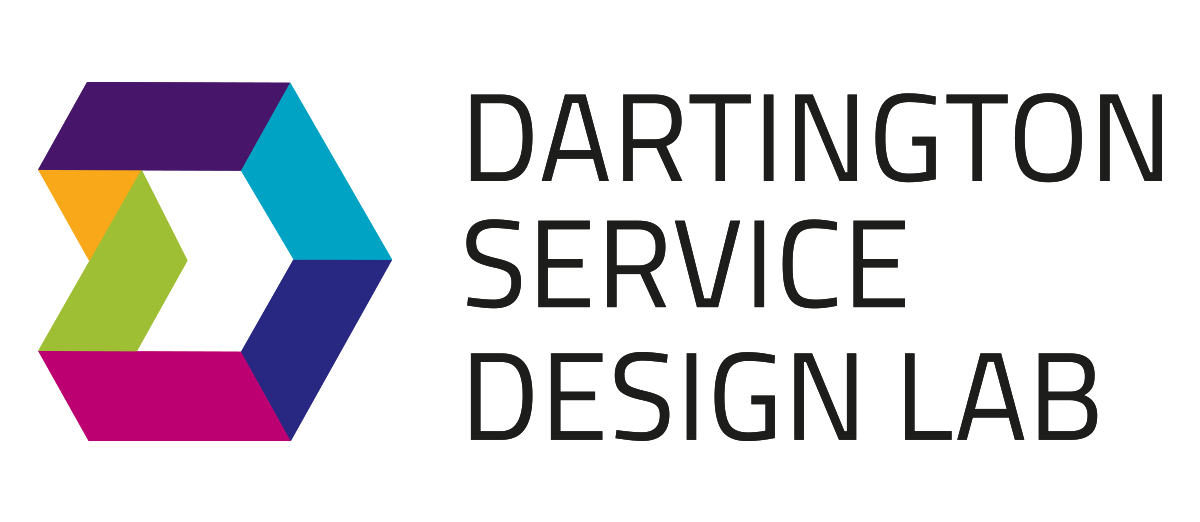Connecting Families: Sprint Notes from Define
Communications and Design Manager | @tweetssavepaper
WHAT DID WE DO?
We reviewed our interviews with experts, the research conducted by the five partners with their families and staff, and the outputs from our workshop with organisations in the wider early years sector, and pulled them together into challenges and opportunities for reaching digitally excluded families.
We shared this with the five partners to narrow the focus of our work and begin idea-generation to steer the prototype work which we’ll be taking forward in our next sprint.
We shared some quick, easy and cheap ideas from our research that we believed to be relevant to some of the work the five partners have been doing - we’ll be sharing this in a blog soon so watch this space!
We spent a session narrowing our ideas for prototypes that could respond to the opportunities highlighted by staff and families in the research conducted by the five partners.
WHAT HAVE WE LEARNT?
The ways in which families experience digital exclusion are many and wide-ranging. Not all digitally excluded families are necessarily ‘data-less’ or ‘device-less’. Some only have a phone or poor connectivity, some suffer with low confidence using digital tools, or work night shifts, have a disability, or speak English as a second language. Each situation is unique and any response will need tailoring to each family’s context and needs.
We don’t know it all! Lots of fresh material came out of the research specifically about the early years that we hadn’t necessarily seen before in other projects. From considering group settings for parents who may have lost children, to the importance of word-of-mouth recruitment, we’ve learned a lot about the ways in which digital exclusion can impact a family’s journey through every step of a service.
Digital confidence is still an issue for charities themselves. Some of the digital tools we’ve used to help us work together online with the five partners have required a bit of a learning curve. We need to ensure partners and those we work with feel confident to use digital technology so that they too can feel confident using it with their families and staff.
We can only change what we can control. A lot of the responses we received seemed to be about immediate actions that organisations could take. However, the more we got into it, the clearer it became that there are wider systemic issues preventing the five partners from being able to do more. It’s really important the early years sector retains this broader perspective, but we need to remain focused on what we can change within this short project that is within our control.
Sometimes it’s hard to ‘trust the process’. The design process is messy. At the start, you have to sit with a lot of ambiguity, often for longer than feels comfortable, with little sense of the shape your ideas will end up taking. Sitting in this space helps to ensure the ideas you do end up creating are backed up by more than guesswork and are given the best chance of doing some good and are less likely to do harm. But the five partners have been trying to tackle digital exclusion for almost a year. They want solutions, because they need to help their families right now. We think focusing on research for the first month was a month well spent, but next time, we’ll think harder about how to help our partners see the light at the end of the tunnel.
WHAT HAPPENS NEXT?
We’ll now be getting on with prototyping some of the ideas generated from this Sprint. These will then be tested by our charity partners for feasibility, desirability and viability in the real-world. Watch this space for the results...
